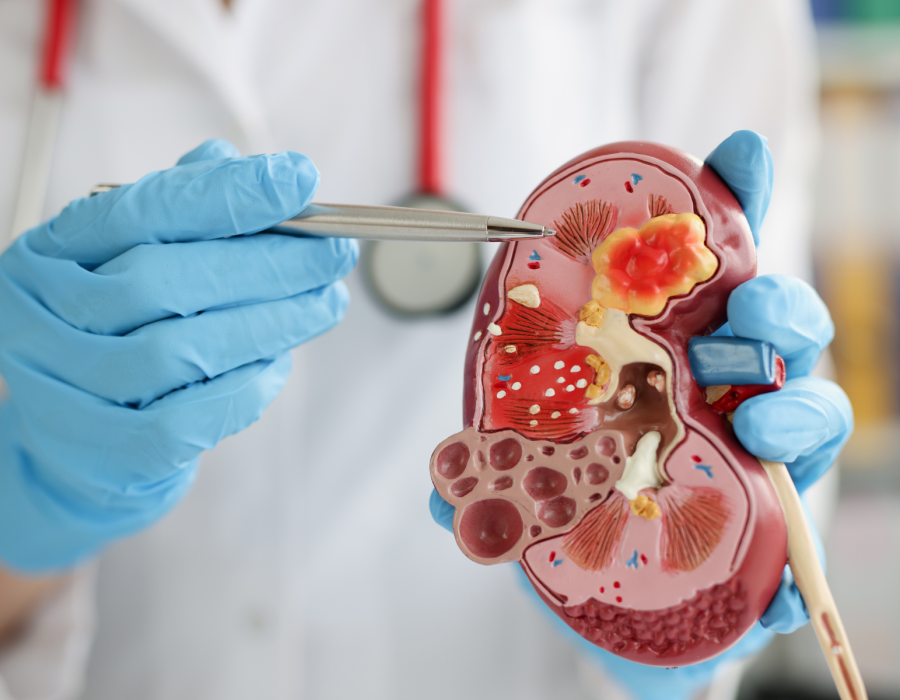Kidney stones are a common yet painful condition that affects many people worldwide. Traditional treatments often involve invasive procedures and extended recovery times. However, advancements in medical technology have introduced laser kidney stone treatment as a minimally invasive and highly effective alternative.
Understanding Kidney Stones
Kidney stones are hard deposits made of minerals and salts that form inside your kidneys. They can cause severe pain, urinary problems, and other complications if left untreated. Factors such as dehydration, diet, obesity, and certain medical conditions can contribute to the formation of kidney stones.
The Basics of Laser Kidney Stone Treatment
Laser kidney stone treatment, also known as laser lithotripsy, uses high-energy laser beams to break down kidney stones into smaller fragments. This procedure is typically performed using a thin, flexible tube called a ureteroscope, which is inserted through the urethra and bladder into the ureter and kidney.
Step-by-Step Process of Laser Lithotripsy
1.Preparation: Before the procedure, patients are usually given anesthesia to ensure they are comfortable and pain-free. The type of anesthesia can vary based on the size and location of the stones.
2. Insertion of the Ureteroscope: Dr. Kalra gently inserts the ureteroscope through the urinary tract to reach the kidney stones. The ureteroscope is equipped with a camera, allowing the doctor to visualize the stones on a monitor.
3. Laser Application: Once the stones are located, a laser fiber is passed through the ureteroscope. The laser emits high-energy pulses that target and break the stones into tiny fragments. These fragments are small enough to be naturally passed out of the body through urine.
4. Removal of Stone Fragments: In some cases, Dr. Kalra may use special tools to remove larger fragments directly. This ensures that no residual pieces remain that could potentially cause future problems.
5. Completion and Recovery: After the stones are broken down and removed, the ureteroscope is carefully withdrawn. Patients are typically monitored for a short period before being allowed to go home. Recovery times are usually quick, with most patients resuming normal activities within a few days.
Benefits of Laser Kidney Stone Treatment
- Minimally Invasive: Unlike traditional surgery, laser lithotripsy involves no large incisions, resulting in less pain and faster recovery.
- High Success Rate: This procedure effectively targets and breaks down stones of various sizes and compositions.
- Quick Recovery: Patients often experience minimal discomfort and can return to their daily routines swiftly.
- Reduced Complications: The precision of laser technology reduces the risk of damage to surrounding tissues.
Post-Treatment Care
After the procedure, it’s important to follow Dr. Kalra’s recommendations for a smooth recovery. Drinking plenty of water helps flush out any remaining stone fragments. Additionally, maintaining a healthy diet and lifestyle can prevent the formation of new stones.
Conclusion
Laser kidney stone treatment offers a modern, efficient solution for those suffering from kidney stones. Dr. Deepesh Kalra’s expertise and use of advanced laser technology ensure that patients receive the best care possible with minimal discomfort and quick recovery. If you’re experiencing symptoms of kidney stones, don’t hesitate to consult with Dr. Kalra to explore this effective treatment option.






Comments